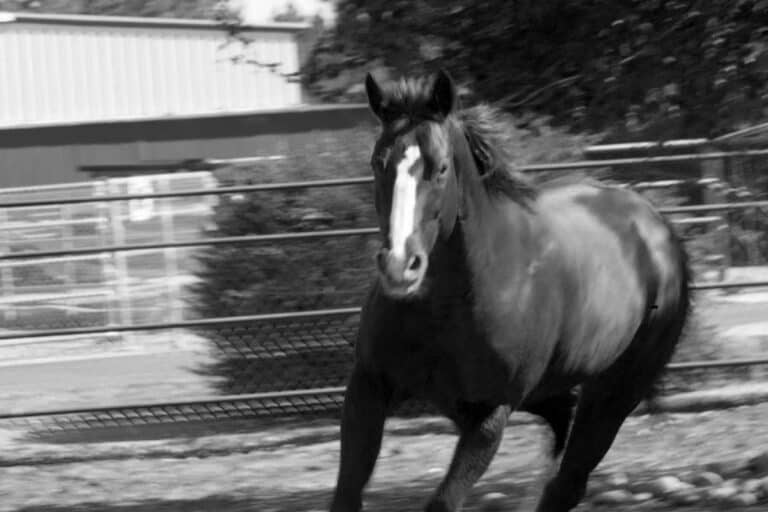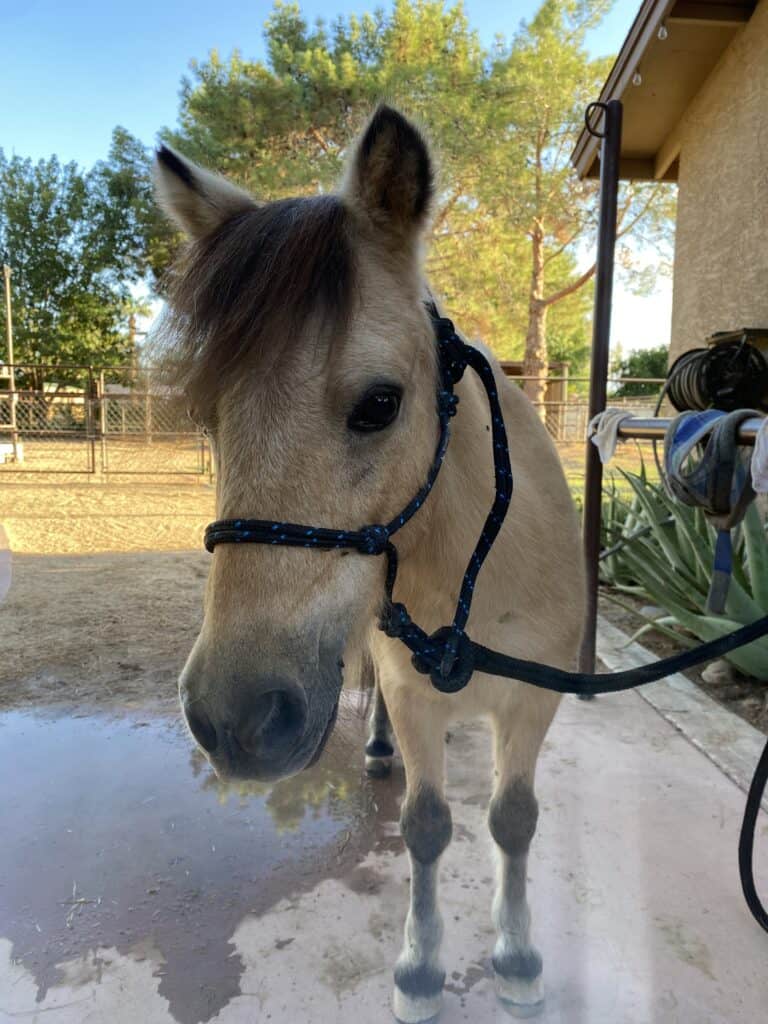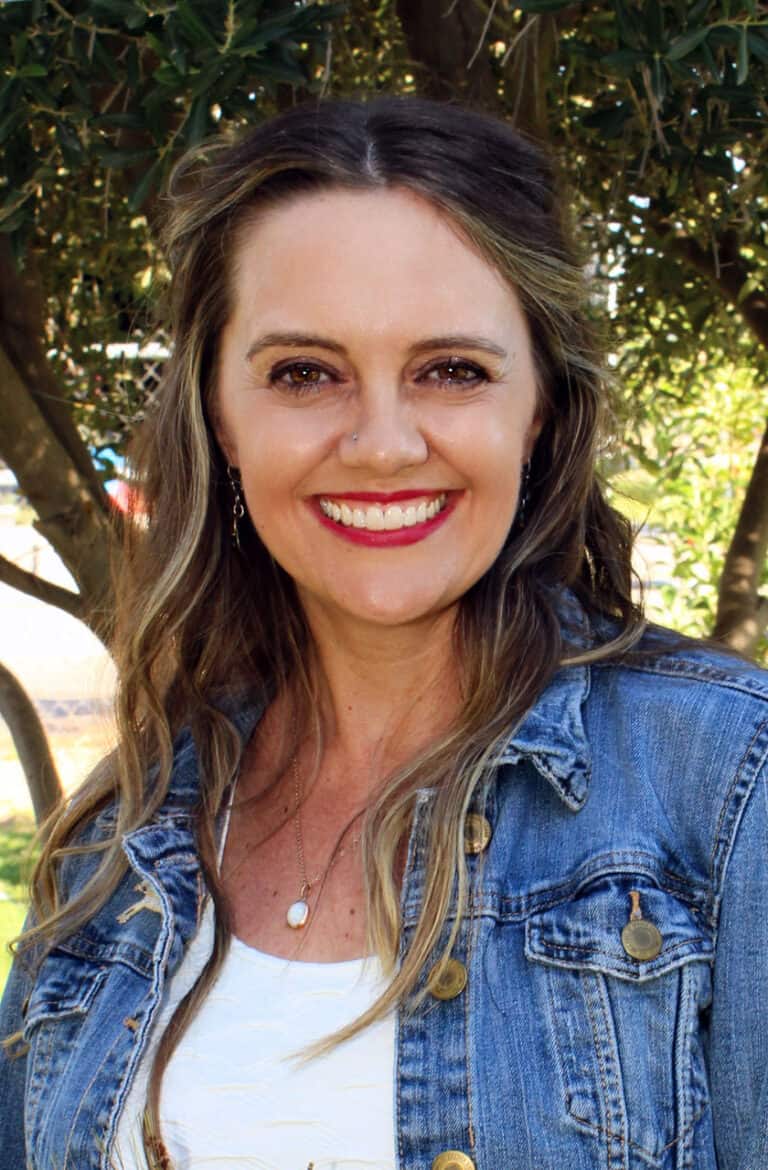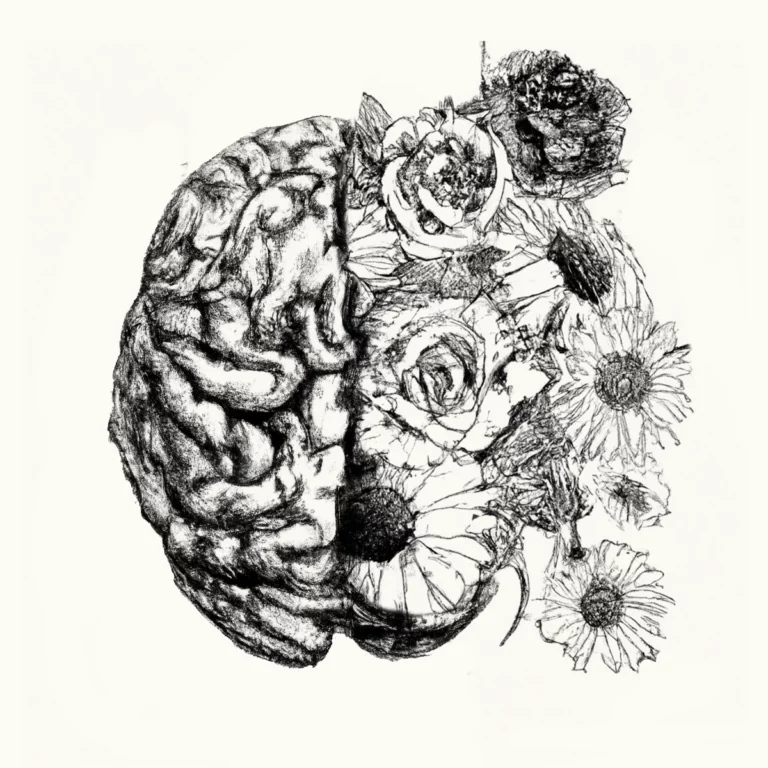She is sitting forward in the chair, facing the screen, her body completely torqued to the right. The image of her abuser looms in front of and above her. The impulse to turn away comes in quickly, albeit she is transfixed at the frontal axial plane of her body, for as an organism, she is wired not to lose sight of that same threat that looms in front of her. But, in equal measure, despite the rising impulse to escape, there is no escape left or right. There is “nowhere to go.” And, as a mammal whose brain had internally “mapped” that state of being from over 40 + years ago, she had stayed locked in this transfixed state, with completing defenses of activation and submission, thus feeling and being “trapped,” having mapped the threat of her abuser, still as if in front of her, all those years later.
So, what do we mean by “mapping.” Let’s consider it from the perspective of we as animals.
As I watch my herd of horses. My red mare saunters in from the right side of me, and as she does, she walks towards the gray pony, who seems to “move out of her way.” But, what has really happened is that as an organism, my red mare is just walking through the world, having created an internal map, a neurologically wired mapping, of the space that her body takes up, essentially where she begins and ends. She has also mapped the external world through which her body moves. It just so happens that when she walks, her internal map influences the internal map that the pony has of where her space begins and ends. The gray pony, in response, then turns right; it looks as if the pony has “gotten out of the way.”
We map our internal and external worlds in similar ways, as did my client in her traumatization.
Animals develop an “internal” map of the world (Sanders, H. et al., 2020). For horses, their survival depends on their ability to be in tune with the body and its relationship to the world around them. As prey animals, they must maintain a keen awareness of boundaries, place, and location, for this contributes to a greater sense of safety, especially in a world where predators could “come from nowhere.” But, the ability to map the boundaries, place, and location is not unique to horses. We, as mammals, also have a quintessential ability to lay down grids, boundaries, and mapping cells (Sanders H. et al., 2015), i.e., as animals, we will “map” our current location in the environment, current landmarks, and paths of travel. This is similar to having a keen ability to know at the implicit level “where” one is at all times but beyond just a “logical” knowing, but rather an embodied sense of place and location.
So, what does the mapping of one’s internal and external worlds have to do with therapy, let alone the session I was reflecting on?
One can consider that our current mapping may be based on old data, old, outdated maps, and unprocessed traumatic material. Our intention as we heal could be considered through the lens of helping the deep brain to remap both our internal and external worlds. For my client, we were shifting and unblocking the full expression of what her system had “internally mapped” all those years ago: the looming threat of her abuser. She began to move beyond the primarily logic-based understanding of “he’s dead now” into actually her deep brain remapping her external environment. The looming threat that she was transfixed by but could not escape from, no longer mapped as being there, enabled her to remap and sense that the threat was gone. The defensive actions were not needed. “There is more space around me.” The expression of this sense of being “trapped” thus began to unwind in her axial structure, slowly enabling her to remap her internal experience of herself.
As one of my clients shared, “Oh, I’m in here,” she explained in surprise, pointing to her body, “I’m not outside of it.” This is the sound of remapping when the organism begins to track and infer that not only are circumstances different “logically,” but that literally, there can be different internal and external maps of one’s internal and external worlds, where the present is so different from the past that one can embody oneself differently.







